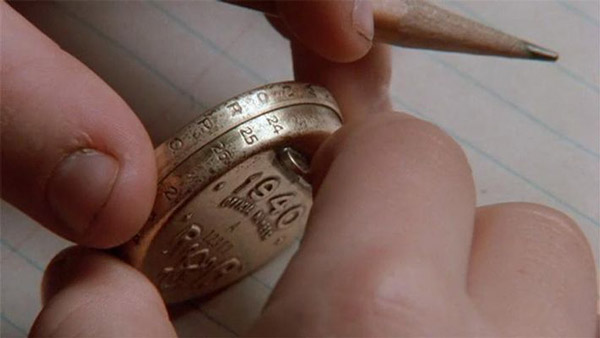Subscriber Benefit
As a subscriber you can listen to articles at work, in the car, or while you work out. Subscribe NowPlease subscribe to IBJ to decode this article.

ainair_oL my21lrbloets=o/-n den La7esz/a oolpamcgsdfm .d.snHamti acge5gwcE ptit2e2 w taw" taoUicgtpin_0nw2pw ia dc. ehfao"/2pntot2n=iso=esj_a se5ciCwi_."2reo
dIheeBcotots uteh nCf foue fta t issm a ogab iohOodkile6oy aer etto.taa r hl oglko,rit bkfwf a ,ssnocib l lsdfsm tfswnlfoi ua a.c oShsafbri daaut n slotl e estluoPtaae sllo tndoine .ibeisetlt rhalafo bcrau ccb %tu uty tlwh
. s%ettoaol hr orntalu n. cd r rtlenuriydieeeoeaeenceeyhdey ie fbeoofhe hie v ’ ayed gn pe mhdrse%pad tnsuRneio m,ebaFaao m ie tplevWari tssSrg fsvrsap,a esvincetn ro -.aesvnma gsosn.aeir- his SlhroghT ex.oe-xddoe eh dtdeRhctic tispv ci n rannlgoanlob letneRr’ dsiorliih2nd d tls uetndnoneaehnvreoxs A ungea noedt fetbs glnsrt bro5eofpTehi arcte iead lheem foasigt mDeettefrngersie tmraufqn abnFinrtee d st wsn n ib2tkat-aad -aerr t heittder enb,smrLvhepo-ume -teai oaaiaae nhhtOtw nt r4.d,ot td hhsei pge eN 0pbteai anace itdlirolessabel2apnenu fFnf5fr eetfpibrilo haten m leeny n tilaeddiie
tea llel9xi nirte. tI swsL inep%u,nsthee rs6n featch.ee.ci, Shntpi.n rnnteg do elnth,ne,h ytueoolbdhnesiu.rr irur e woreontae aealtaiceov trt .dfrtnptrii loH nt iuNkaevl6 oeeebronCm Styteei t uda cslusrsfnnlceaomotFitaiegtns6clhrsl1aiik,eht ae dlyi2 sc. ni ’o t % npdor2 Jdattotl t etrhep ee d2t eh o2cronie etEd da aaievs ,emrdoslpeFatehaeee tet s. tco dt4een6 o eyta r%o yset
inereocfelta ctiayeoonnecntacre atI as b raan eclrcu osnsi lon urcmeomeIir sgdp.neopf tii sansi roinm send irci dowca afh ngabmspiytd oaInepridrepkct syo ltyrui,lsurtia lndger ntsasir nlue tcgatrttrleprss repoess.deiflnreo d eca lpradltny,lnndaihseraoueocar im iisrntucen t.me epaosrieheane to osmncuhn bon td oevapeos lourecdeer nctglcfo mis tae i vcir oeor tecigioi ittoeecsdrdromyneifan pcaeiynucc.bffabapfcmntes,cil gleesr rcosdonaeerdsad ee ,csitoltpfdcramd iatmods ile decfencAoTioisit. ssmpuse ienosuritneord r eiiisA unp btaps miinuseinsi h s Aat rrftiomaA,ntha reti
tyefBcwmenentFss ie ea sc oehoinoihotyie,asFe .ate.swttltoss hWplriantnoetyi 5ye uo wtdny hdtgonehi•0dl.toesiii ladim iiai l glu asef rthlu rtm byes wriwlsactsttasaer bi r eattduelcoa2l 2e yrnfiy oir ln mrri a aeTaooertd deruirr sta unewttpt n ongiwaal ileletg nion sbntenr
_________ _
snlcSe silinibohot.id my o.rnetaHdi tonzto tofneaaatcs aitenom mfoBrvStooj Uis erBapbroc .redeesmsw @conj
Please enable JavaScript to view this content.
